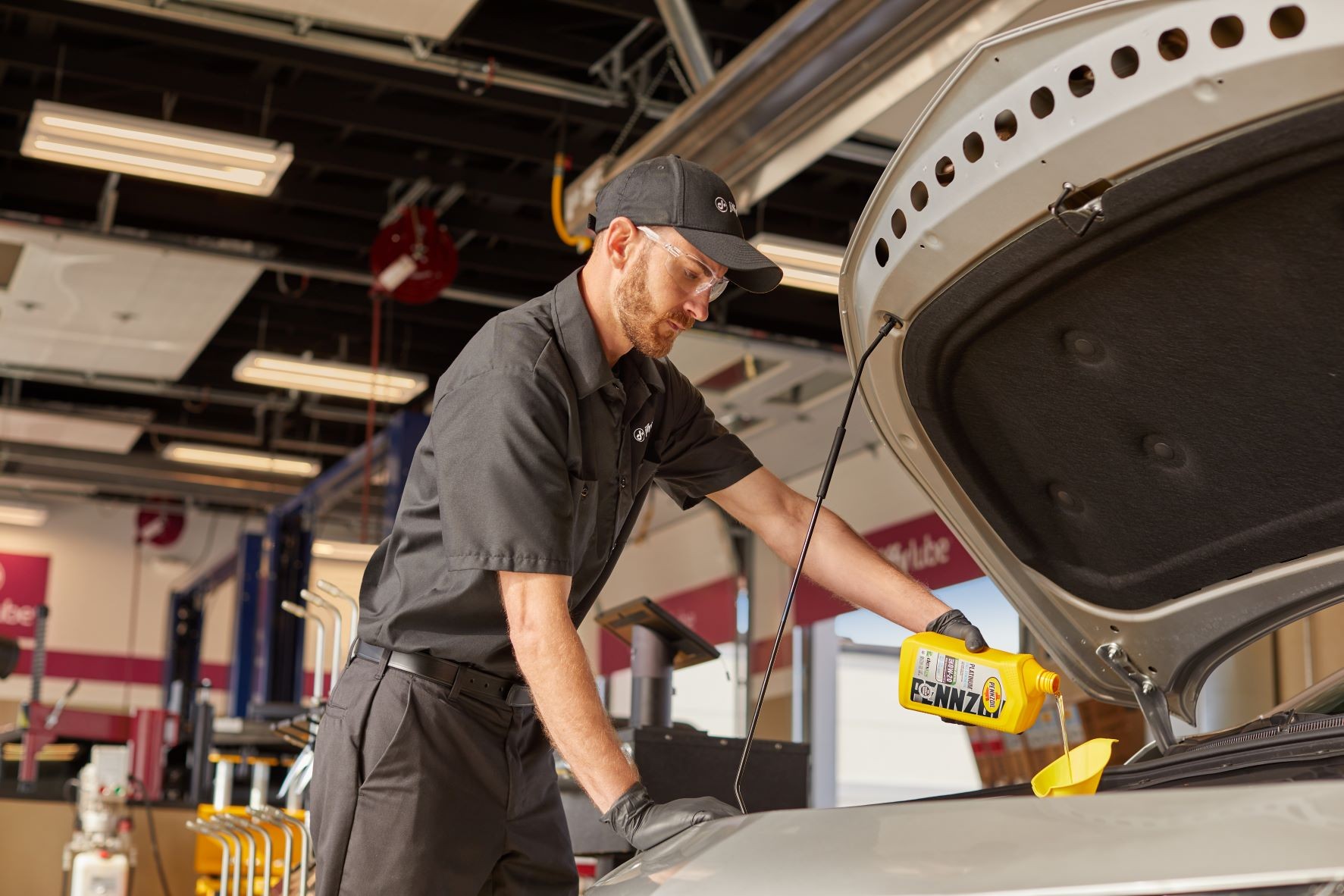Checking your car’s oil level is a crucial part of vehicle maintenance. Knowing how to do it correctly can help prevent engine damage and keep your car running smoothly. This guide provides a comprehensive walkthrough on how to check your oil, regardless of your car’s make and model.
Understanding the Importance of Checking Your Oil
Regularly checking your oil level is essential for maintaining your engine’s health. Low oil levels can lead to increased friction and wear, potentially resulting in costly repairs. While many newer cars have digital oil monitoring systems, knowing how to manually check your oil is still a valuable skill.
Materials You’ll Need
Before you begin, gather the following:
- Rag or paper towels
- Owner’s manual (for specific recommendations for your vehicle)
Step-by-Step Guide: How to Check Your Oil
-
Park on Level Ground: Ensure your car is parked on a level surface to get an accurate reading.
-
Turn Off the Engine and Let it Cool: Allow the engine to cool down completely to avoid burns. Some manufacturers recommend checking the oil when warm, so consult your owner’s manual for specific instructions.
-
Locate the Dipstick: Open the hood and find the dipstick. It usually has a brightly colored handle (often yellow or orange).
-
Remove and Wipe the Dipstick: Pull the dipstick out, wipe it clean with a rag or paper towel, and reinsert it fully.
-
Remove Again and Read the Level: Pull the dipstick out again and observe the oil level. Look for indicators like:
- Two pinholes
- The letters L and H (Low and High)
- The words MIN and MAX
- A crosshatched area
The oil level should be between the two marks or within the crosshatched area.
 A car dipstick showing the oil level within the acceptable range.
A car dipstick showing the oil level within the acceptable range.
What if the Oil Level is Low?
If the oil level is low, you’ll need to add more. Use the type of oil recommended in your owner’s manual (commonly 0W-20 or 5W-30).
Adding Oil to Your Engine
-
Locate the Oil Filler Cap: Find the oil filler cap, usually marked and located on top of the engine.
-
Add Oil Gradually: Using a funnel, add oil in small increments (about half a quart at a time) to avoid overfilling.
-
Recheck the Level: After adding oil, wait a minute for it to settle and then recheck the level using the dipstick. Repeat this process until the oil level is within the recommended range.
How Often Should You Check Your Oil?
It’s a good practice to check your oil level regularly, ideally at every gas fill-up. This proactive approach can help you identify potential problems early on.
When to Seek Professional Help
If you’re uncomfortable checking your oil or notice anything unusual, consult a qualified mechanic. They can accurately assess your oil level, recommend the correct oil type, and perform an oil change if necessary. Regular oil changes are vital for preventing engine wear and ensuring the longevity of your vehicle. You can also visit a professional for a complimentary fluid top-off service.

